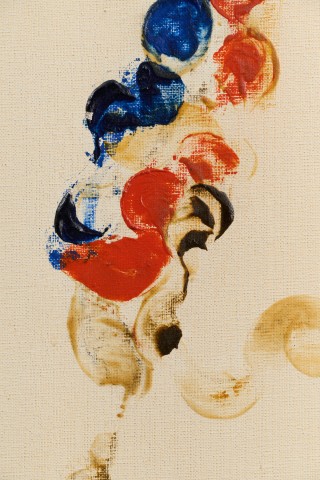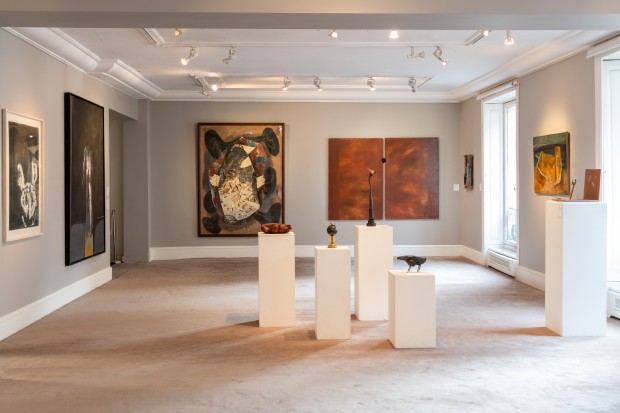French painter Martin Barré is being rediscovered by collectors. His work is now considered one of the major works of the second half of the 20th century.
The abstract painter Martin Barré has been enjoying a critical renaissance for just over fifteen years, culminating in the ‘Martin Barré’ exhibition at the Centre Georges Pompidou in 2020. Collectors have made no mistake about it, and auction results for works by the artist have risen sharply - the acrylic on canvas 72-73-A presented in February by Piasa tripled its low estimate to fetch more than €100,000 (with fees).
Many people, from the writer Michel Ragon to the art historian and critic Catherine Millet, had already pointed out the extraordinary singularity of Martin Barré in the mid-1960s, seeing in him not only ‘one of the major painters of his generation (...), but of painting today’. (Michel Ragon, Martin Barré et la poétique de l'espace, catalogue of the exhibition at Galerie Arnaud, 1960).
Neither mystical nor metaphysical, neither lyrical nor geometric, her works offer no clear lines, they do not tell of the artist's state of mind any more than they do concepts designed to shake up the limits of art.
Instead, Catherine Millet describes his work as ‘a very pure painting that certainly doesn't ask you to sink into contemplation, but rather to enter into its dynamics' (catalogue of the ‘Martin Barré’ exhibition, Centre Georges Pompidou, 2020). Painting becomes a space, a constantly evolving universe in which we can move freely.




